Silvery tracks cross the deck and occasionally the concrete walkway in the morning. During the driest days of summer the silvery tracks were absent but with the recent rains the tracks of the slug are back.
Most active at night, slug tracks are usually seen more than the slugs themselves. The slug’s biggest danger is drying out so it tends to seek shelter during the day under debris or in the soil.
However, on overcast or rainy days slugs can be found at the end of their mucous trails or nibbling on precious garden produce.
Garden seedlings, fruits and vegetables are fine dining for a slug which thrives in the high moisture conditions gardens often harbor. They also eat fungi, decaying organic matter, lichens and other plants–all without teeth.
Instead of teeth, slugs possess a rasping tongue-like organ called a radula. The radula consists of thousands of tiny tooth-like protrusions (called denticles) covering a band that is similar to a conveyor belt. As the band moves the denticles rasp away particles of the food and move them back into the slug’s digestive system.
Snails eat the same way. Slugs and snails are almost the same except slugs lack a shell. Both are invertebrates meaning they lack a backbone and both are gastropods which is a class of mollusks. Gastropod means “stomach-foot” in Greek.
Aptly so, the slug’s foot is the dominating feature on its body. The muscular foot runs almost the entire length of the slug on the underside with the portion touching the ground called the “sole”.
Creeping slowly in a wave-like motion from back to front means they can be an easy meal for predators. Depending on the species, slugs can creep along for one to six years if they aren’t preyed upon by carnivorous snails, garter snakes, ducks, birds, moles, shrews, toads or the angry gardener.
During the winter, slugs seek protection underground or behind loose bark. Spotted garden slugs are known to huddle together in the winter to conserve body water and avoid dehydration.
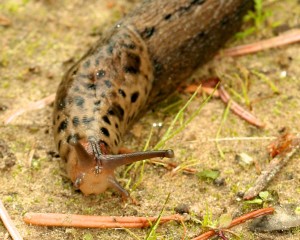
The end of the upper tentacles have eye spots that help the slug detect movement while the lower tentacles are used for smelling and feeling
Winter isn’t the only time slugs have to protect themselves from dehydration–long stretches of hot, dry weather can be just as detrimental. Direct sunlight can cause a slug to rapidly loose body moisture. Therefore, when the dry spells of summer come, slugs enter a type of summer dormancy called estivation. Slugs will surround themselves in a mucous cocoon and then wait for the rain to come and dissolve the mucous away.
A slug’s mucous is vital to it for more than estivation. By laying down a layer of mucous to travel on with their muscular foot, the slug is protected from any sharp objects on the ground–even a razor blade. The mucous also prevents moisture from the slug being soaked up by any dry ground it crosses.
While mucous on the deck or steps may be unappealing to some people, predators may find the mucous even more unappealing when the slug secretes large quantities of the sticky, gooey slime into their mouth when it tries to eat the slug.

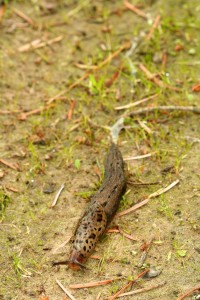
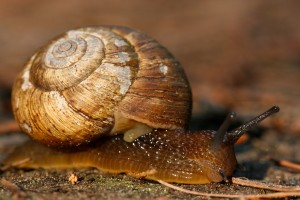
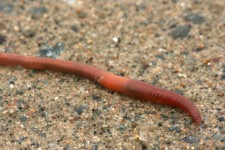
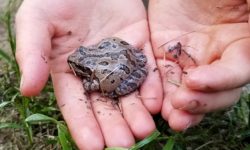
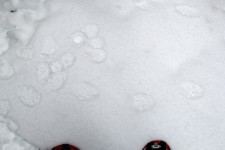
Saved as a favorite, I like your site!